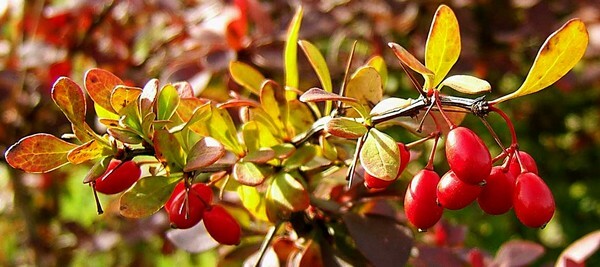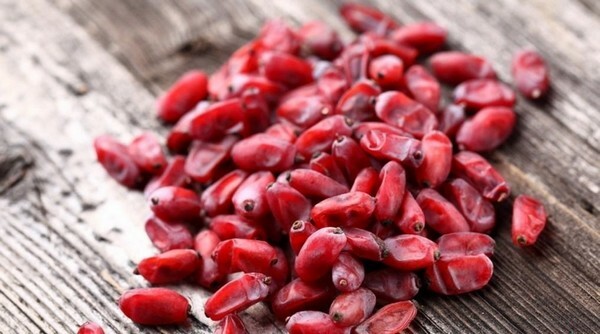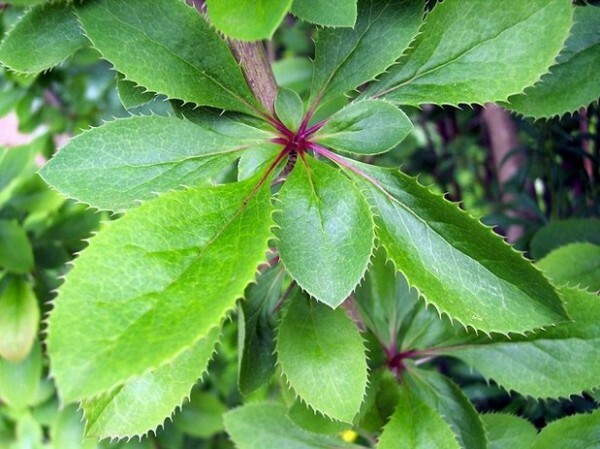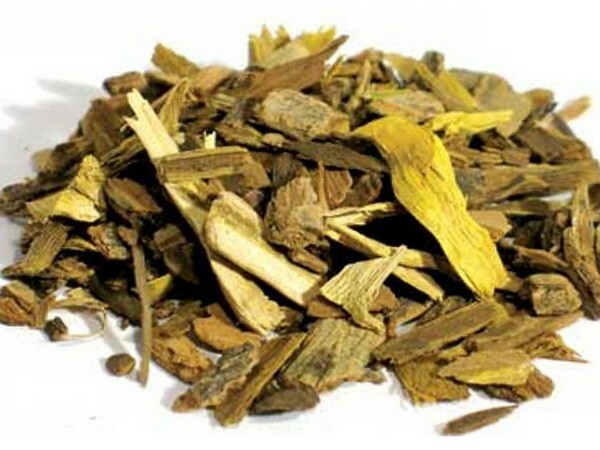Barbaris is one of the most famous medicinal plants and enjoys great popularity among adherents of traditional medicine. Its uniqueness lies in the fact that the powerful healing properties are inherent in absolutely all parts of this shrub - and fruits, and leaves, and bark, and even roots can be used to treat various diseases. For this reason, many are trying to prepare this useful raw material on their own, and for this you need to know not so much, namely, when to collect barberry.

Terms and rules for collecting
Barbaris is very unpretentious, and therefore it grows remarkably and fructifies both in hot and relatively cold climates, and on rocky, meager soil, and in wildlife, andin gardens on private plots.
Barberry is a storehouse of useful substances:
- berries are rich in valuable acids, including tartaric, citric and malic, as well as vitamins C and K;
- leaves in addition to the above substances contain vitamin E, resinous and ethereal components;
- roots and bark are sources of a special alkaloid - berberine, as well as pectin substances, berberrubin and leontin.
But in order to keep all the benefits of these biologically active substances to the fullest, it is necessary to know the optimum terms for the collection of raw materials. So, let's find out when to collect barberry: in which month you can harvest berries, leaves, bark and roots.
Fruits
The harvest time of berries falls in the fall. During this period they reach the full ripening phase and are filled with vitamins. Often this falls on October and November.
Important! Immature fruits removed from the bush and used in the future for treatment is highly undesirable, since they contain a fairly large number of alkaloids, which in this concentration can cause harm to health!
Late autumn is the best time for harvesting fruits, especially the period of the first frosts - the amount of bitterness and acid in berries is significantly reduced. However, you should try not to overexhibit them on the bush, since the overburned barberry will be too soft - such berries easily choke, which prevents their further harvesting.
After the berries have been collected, they must be thoroughly rinsed and allowed to drain excess liquid. Further billet can be carried out in two ways:
- if you wish to keep the fruit fresh until winter, then they should be poured with sugar and sent to the cold;
- to dry the barberry, it must be spread out a thin layer on a baking sheet and hold for a while at a temperature of 40 °, after which it should be dried at 60 °.
It is quite easy to determine the availability of barberry fruits: if they do not stick together when squeezing, it means they are completely ready for storage.

Leaves Barberry leaves are harvested in the bud formation and flowering phase - around the end of spring and early summer. At this time, the leaves on the bushes are young and rather tender. They are not removed from the branches - it is believed that it is better to cut off young shoots along with the foliage, while the length of the shoot should not exceed 10 cm.
The collected raw materials are transported very carefully so that the young twigs and leaves are not wrinkled. And before drying they are thoroughly washed from dust and dirt.

The roots of
The time for harvesting the roots of barberry takes place at different periods - the harvest can be carried out both in spring in April and in autumn in October or in November. And it is desirable that the bush was in this period at rest.
Important! Digging out the entire root system is prohibited. And the stalk left in the ground must have a length of at least 15 cm!
If there are several barberry bushes on the site, it is not accepted to collect the roots from each - among gardeners, there is a rule according to which for every 10 m2 when harvesting raw materials leave one untouched plant. The third part of the rhizome is removed from the ground with a large shovel, the ground is shaken off from it and examined - rotten and blackened places are rejected. The raw material that is suitable for drying is not washed, but only thoroughly freed from the substrate, cut into pieces of 10-15 cm in length, after which it is split.
Important! The bush from which the roots were collected, do not touch for 10 years!
Drying is carried out in a dryer at a temperature of about 50 °.This can also be done in a well-ventilated room - the roots are laid out in a thin layer under the canopy and mixed from time to time.

Bark
Barberry barberry is best harvested in the phase of sap movement - usually in April and May. It is removed from the shoots, after shaking and drying in attics. In order for the raw material to dry thoroughly, it should be spread out with a layer approximately 3 cm thick and periodically turned over. The shelf life of harvested bark is about 3 years.
Collect barberry in time and it will certainly bring immense benefit to your body. Be healthy!
